Working hours
Mon - Fri: 8am to 5pm
Mon - Fri: 8am to 5pm
Share
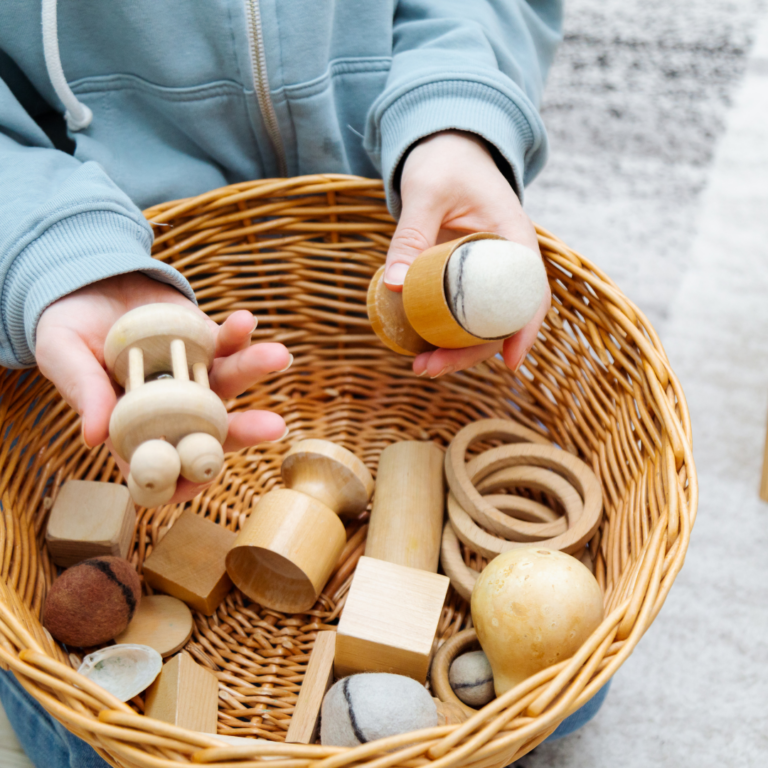
In the early years, we often find ourselves creating visually appealing activities, whether it’s a beautifully arranged tuff spot or an inviting table-top setup.
These attractive displays can certainly capture the children’s attention and spark their interest, and there’s nothing wrong with that! However, we must be cautious not to let aesthetics overshadow the educational value of these activities.
While a vibrant sensory bin filled with colourful materials may look fantastic in photos, the true success of any activity lies in its ability to support developmental progress.
If we focus solely on visual appeal, we risk creating experiences that are more about appearance than substance, leading to a superficial educational experience.
To ensure that our activities are genuinely meaningful, it’s essential to ground each setup in clear learning objectives.
For example, a tuff spot filled with glittery foam and an array of shiny objects can be much more than just a delightful sight.
When thoughtfully designed, these materials can promote fine motor skills as children scoop and pour or encourage early mathematical concepts through sorting and categorising.

Ultimately, while it’s wonderful to have activities that look great, we need to ask ourselves: “What are the children actually learning from this?”
By focusing on both aesthetics and educational intent, we can create enriching experiences that engage the children and foster their growth in a meaningful way.
This balanced approach ensures that our activities are not only visually appealing but also provide valuable learning opportunities that support the children’s development.
In the context of early years education, learning intent is a crucial component of Ofsted’s 3 I’s framework: Intent, Implementation, and Impact.
It goes beyond simply catering to children’s interests; it’s about understanding each child’s unique developmental needs and strategically planning activities to close gaps in their learning journey.
When we talk about learning intent, we’re focusing on the essential skills that children need to make progress.
This includes developing fine motor skills, enhancing problem-solving abilities, and nurturing social interactions.
It’s about creating a purposeful curriculum that not only engages children but also prepares them for their next steps.
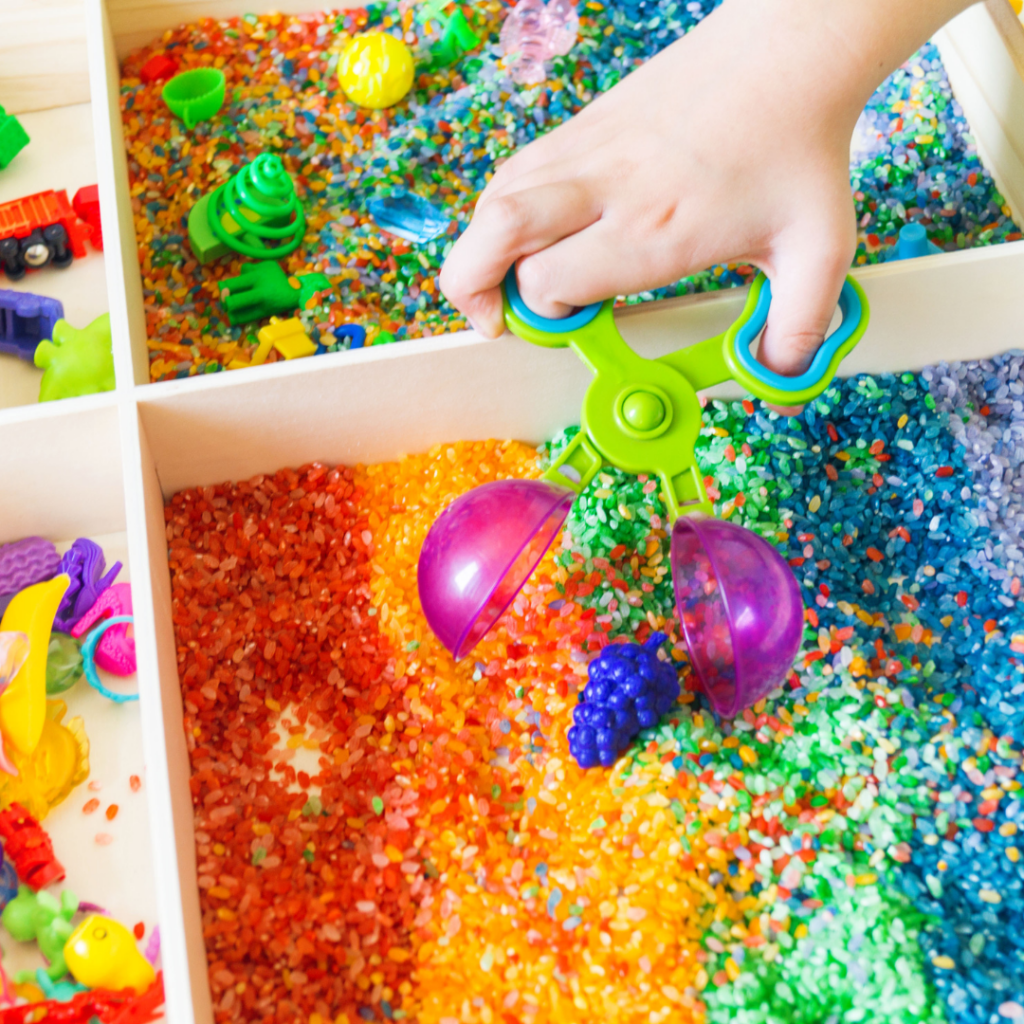
By setting clear learning intentions, practitioners can ensure that every activity, whether it’s a tuff spot setup or water play activity, has a specific developmental goal in mind.
This approach allows us to move beyond surface-level engagement and create meaningful experiences that truly support each child’s growth and readiness for future learning stages.
Remember, while following children’s interests is important, our primary focus should be on identifying and addressing their developmental needs through thoughtful, intentional planning.
Educators should critically evaluate the purpose behind each activity by asking, “Why this? Why now?”
This reflective practice ensures that activities are aligned with each child’s unique needs and upcoming transitions.
Effective planning should always be forward-thinking, preparing children for their next developmental stages.
Whether you’re engaging in paper-free or in-the-moment planning, it’s crucial to consider the developmental needs outlined in the curriculum.
This approach guarantees that activities are not only engaging but also educationally significant, supporting the children’s continuous development and ensuring they are ready for future learning challenges.
By maintaining this focus, we can create a learning environment that is both dynamic and deeply rooted in developmental goals.
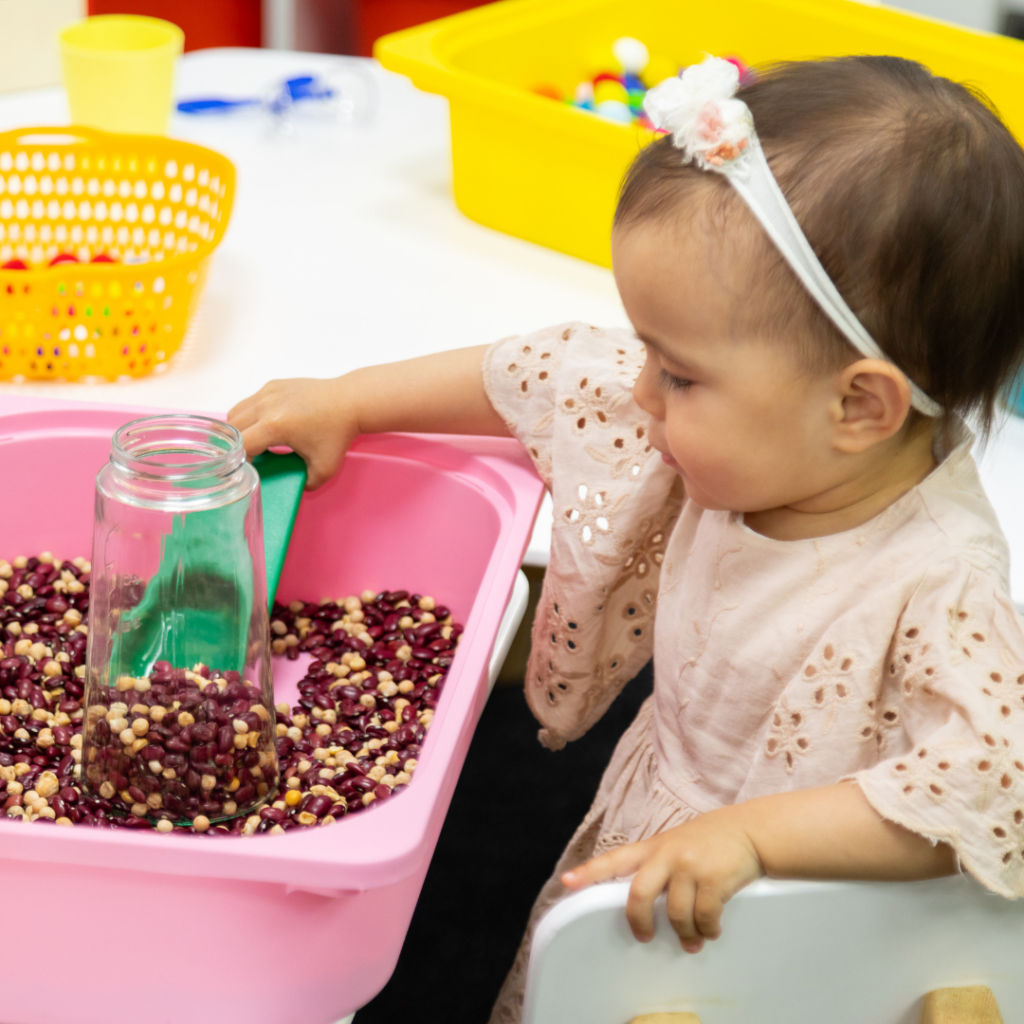
Understanding the “Why this? Why now?” behind each activity is crucial for Ofsted inspections.
Inspectors will inquire about the learning intent and what educators aim for the children to learn.
Staff must be prepared to articulate the educational purpose behind activities confidently and discuss where it comes in the sequence of learning.
This preparedness demonstrates a clear understanding of the curriculum and the developmental needs of the children, which is essential for a successful inspection outcome.
Being able to explain the rationale behind activities ensures that the focus remains on meaningful and rich learning experiences rather than superficial engagement.

Let’s consider a common early years activity: making jam sandwiches.
At first glance, it might seem like a simple task with limited educational value. However, when we reframe our thinking, we can see how this activity supports many crucial developmental skills.
It’s not about the end product—a tasty sandwich—but about the process and the skills children develop along the way.
For instance, spreading jam requires fine motor control, choosing ingredients promotes independence, and following a sequence of steps encourages problem-solving. If done in pairs or small groups, it can foster social interaction and communication. Even deciding how much jam to use involves critical thinking and early maths concepts.
By focusing on these underlying skills, we transform a seemingly trivial activity into a rich learning experience.
This approach applies to all activities in the EYFS.
Whether it’s building with blocks, painting, or playing in the home corner, we should always be thinking about the key skills being developed: fine and gross motor skills, language, independence, problem-solving, social interaction, and critical thinking.
By reframing our learning intents in this way, we ensure that even the simplest activities have substantial educational value, supporting children’s holistic development.
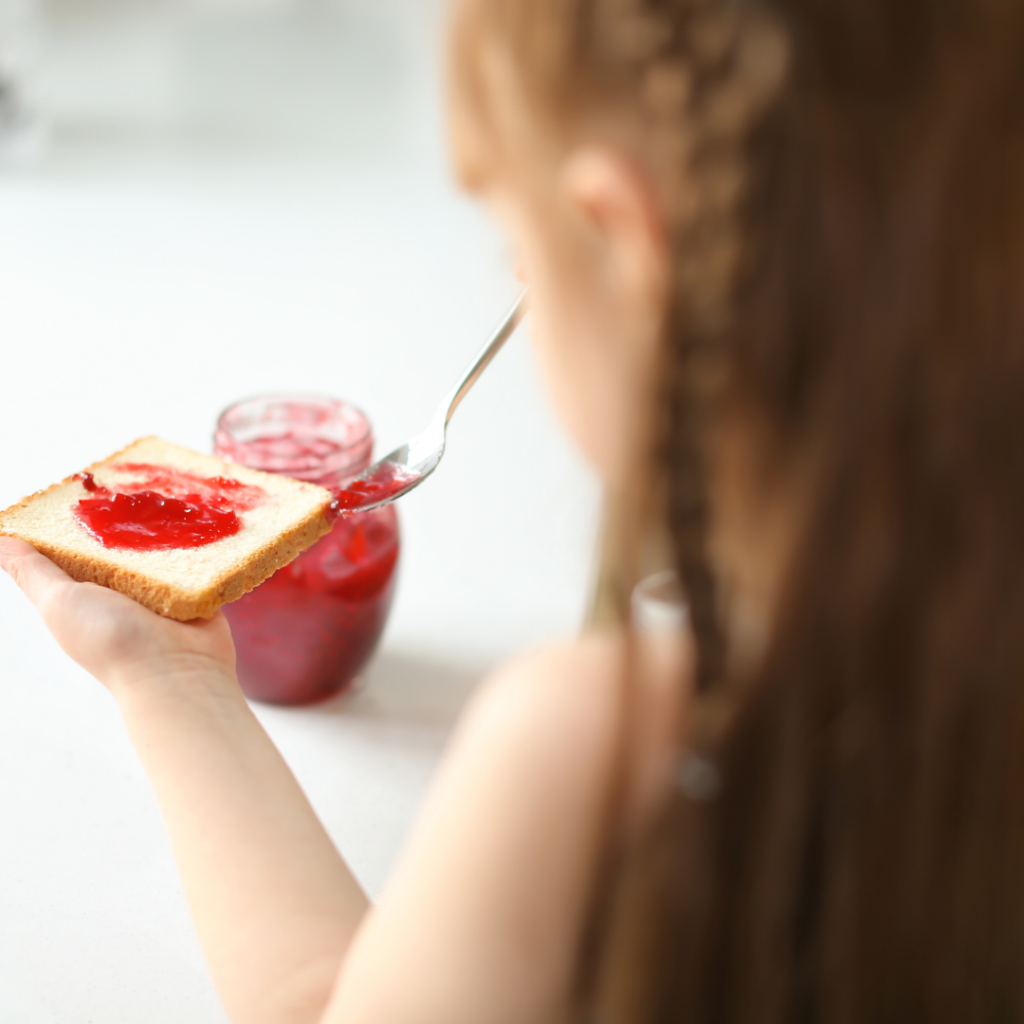
Prioritising genuine learning experiences can lead to moments of awe and wonder in children’s learning, promoting deeper engagement and curiosity.
When activities are thoughtfully designed with clear learning intentions, children are not just passively participating but actively exploring and discovering.
This kind of immersive learning environment encourages them to ask questions, experiment, and think critically.
For example, a simple nature walk can become an exciting adventure in observation and inquiry, sparking curiosity about the world around them.
By focusing on meaningful experiences that connect with children’s natural interests and developmental needs, we create a foundation for lifelong learning.
These moments of wonder and discovery are what make learning truly magical, capturing children’s imaginations and motivating them to delve deeper into their interests and fascinations.
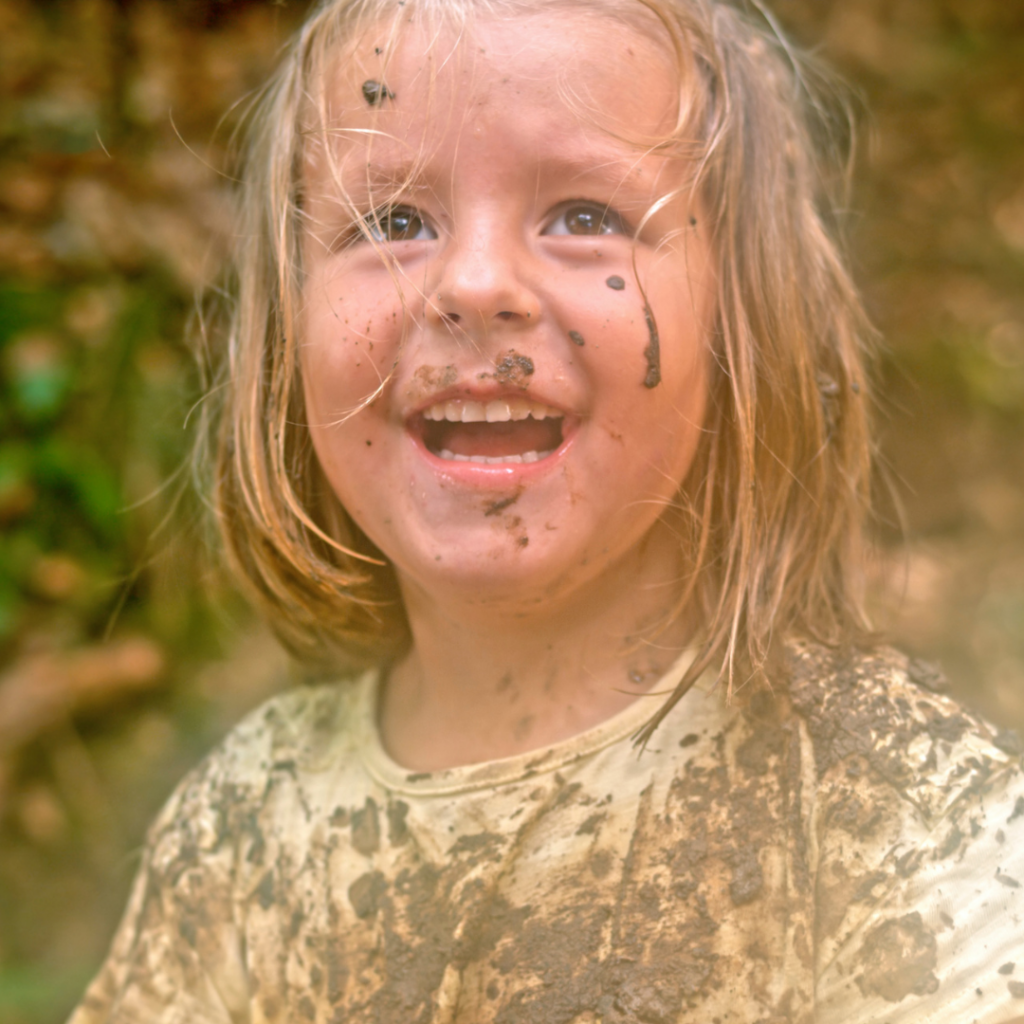
In the early years, it’s easy and enjoyable to get caught up in creating visually appealing activities that look great on social media. However, we know that the true essence of early years education lies in the learning intentions behind these activities.
By grounding our activities in clear developmental goals and thoughtfully integrating them within engaging environments, we ensure that our educational practices are both visually stimulating and substantively enriching.
Whether it’s through a beautifully arranged tuff spot or a simple jam sandwich-making activity, the focus should always be on growing essential skills and supporting each child’s unique developmental journey.
Do get in touch if you would like further support or advice and make sure to sign up for our new online course in September:
Delivering Awe and Wonder – Building Curiosity September 2024 – MBK Group
With the ever-changing regulations and guidance, join our monthly newsletter to stay current and learn more about running a better childcare setting.
Simply enter your details below to join our mailing list.
By completing this form you are agreeing to our privacy policy You can unsubscribe at any time

Millennium House, High Street,
Studley, Warwickshire, B80 7HJ.